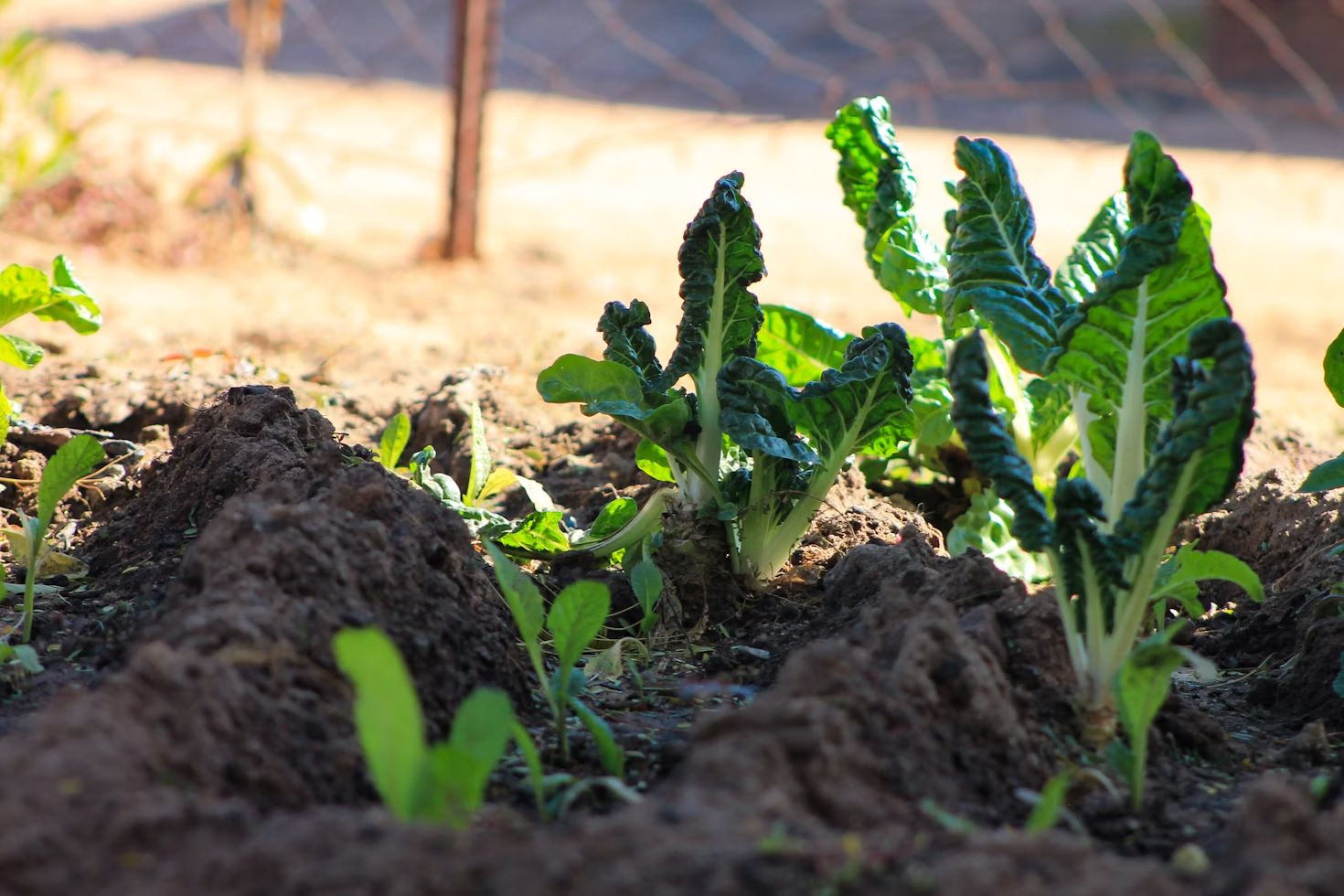As the heat of summer wanes and cooler temperatures set in, many gardeners think it’s time to wrap up their gardening efforts for the year. However, fall gardening can be just as rewarding, offering a bounty of delicious vegetables that thrive in cooler weather. In this article, we’ll explore fourteen fall garden vegetables that are easy to grow and perfect for extending your harvest season.
1. Spinach
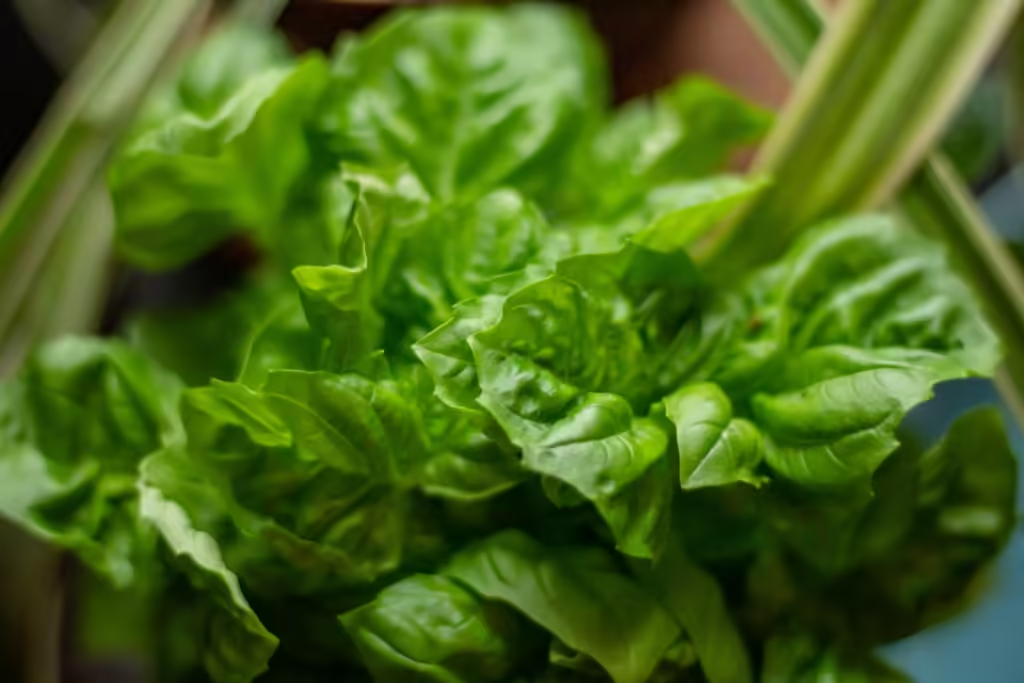
Why Grow Spinach in Fall
Spinach thrives in cooler temperatures, making it an ideal crop for fall gardening. The cool weather enhances its flavor, making it sweeter and more tender.
Planting Tips
- Best Time to Plant: Sow spinach seeds directly in the garden 6-8 weeks before the first expected frost.
- Soil Requirements: Spinach prefers well-drained soil rich in organic matter. A soil pH of 6.5 to 7.5 is ideal.
- Spacing: Space seeds about 2 inches apart in rows 12-18 inches apart.
Care and Maintenance
- Watering: Keep the soil consistently moist, but not waterlogged. Water early in the day to allow foliage to dry before nightfall.
- Fertilizing: Use a balanced fertilizer at planting time. A side dressing of compost or organic fertilizer can be added as the plants grow.
- Pest Management: Watch for aphids and leaf miners. Use insecticidal soap or neem oil if necessary.
Harvesting
Harvest spinach leaves when they are large enough to eat. Cut outer leaves first, allowing the inner leaves to continue growing for multiple harvests.
2. Kale
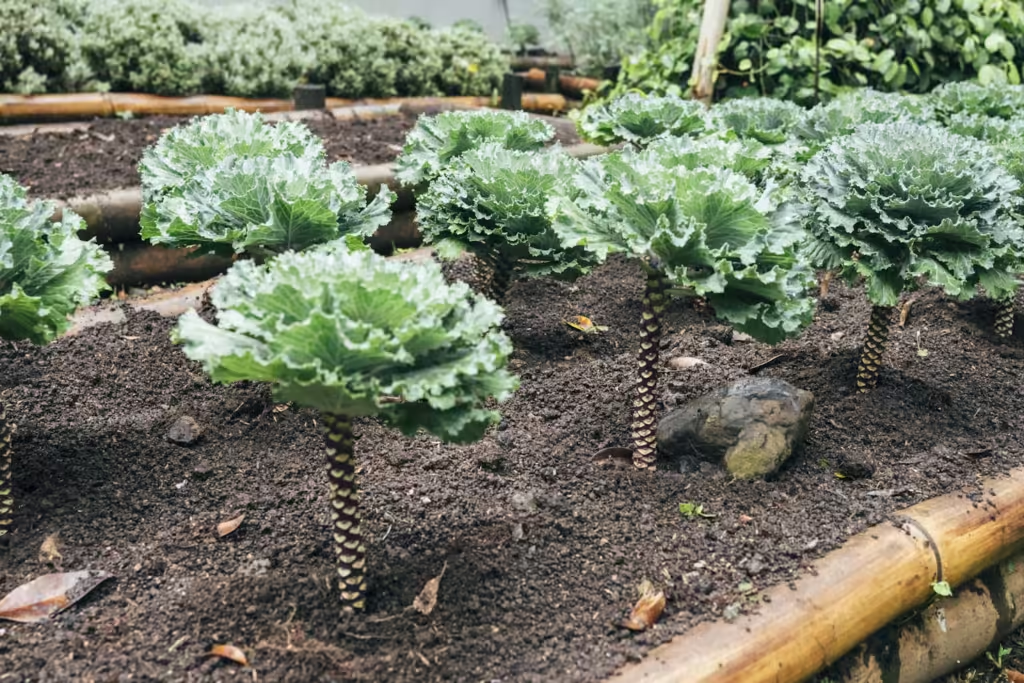
Benefits of Kale
Kale is a nutrient-rich vegetable that becomes even sweeter after a frost. It’s cold-hardy and can survive temperatures as low as 20°F.
Planting Guide
- Seed or Transplant: Start seeds indoors 6-8 weeks before the first frost or direct sow in the garden 4-6 weeks before the first frost.
- Soil Preparation: Kale prefers well-drained, fertile soil with a pH of 6.5 to 6.8. Amend the soil with compost before planting.
- Spacing: Space plants 12-18 inches apart in rows 18-24 inches apart.
Maintenance Tips
- Watering: Water regularly, keeping the soil moist but not soggy.
- Pest Control: Watch for cabbage worms and aphids. Use row covers to protect young plants and remove pests by hand if needed.
- Supporting Growth: Thin plants if they become crowded to ensure good air circulation.
Harvesting
Harvest kale leaves from the bottom up once they reach the desired size. Continue harvesting through winter, as kale can withstand cold temperatures.
3. Carrots
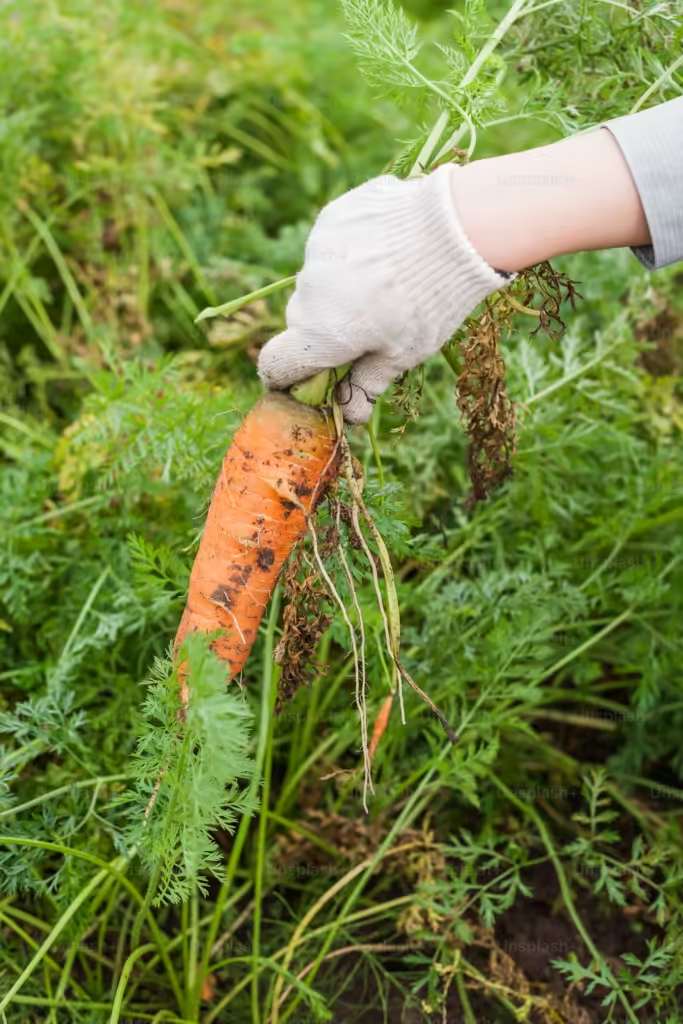
Advantages of Fall Carrots
Carrots grown in the fall develop a sweeter flavor due to the cooler temperatures, making them a delicious addition to your garden.
Planting Instructions
- Soil Preparation: Carrots need loose, well-drained soil free of rocks and debris. Amend heavy soil with sand or compost.
- Seed Spacing and Depth: Sow seeds 1/4 inch deep, spacing them 2-3 inches apart in rows 12-18 inches apart.
Growing Tips
- Thinning: Thin seedlings to 2-3 inches apart to prevent overcrowding and ensure healthy root development.
- Watering: Keep the soil consistently moist, but not waterlogged.
- Fertilizing: Use a low-nitrogen fertilizer to promote root growth.
Harvesting
Harvest carrots when they reach the desired size, typically 60-75 days after planting. Store harvested carrots in a cool, dark place or leave them in the ground and mulch heavily for winter harvesting.
4. Beets
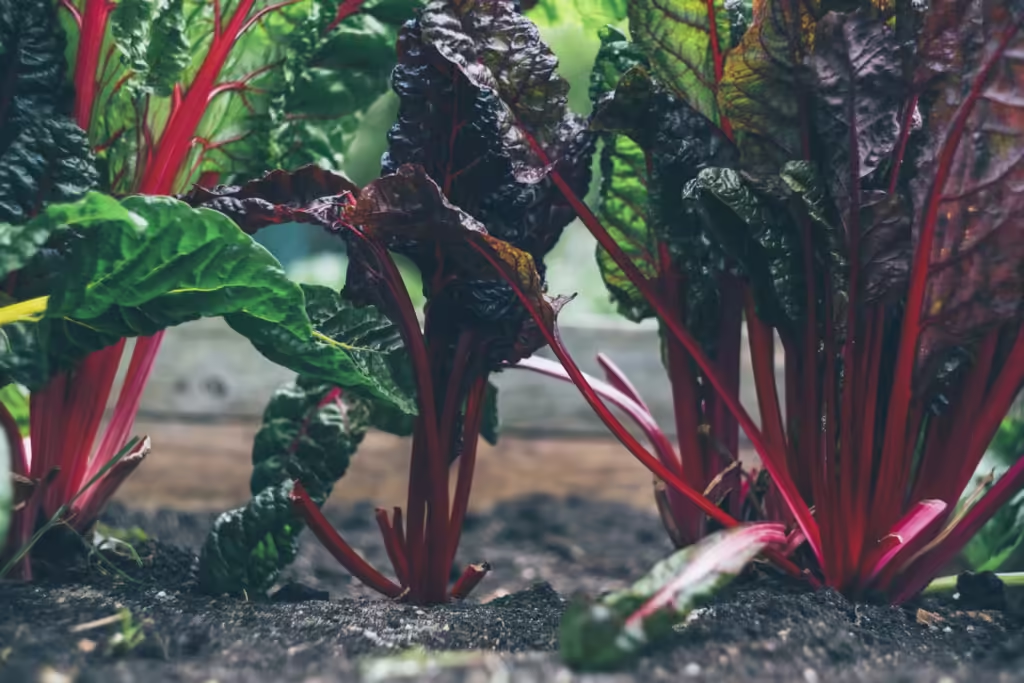
Why Choose Beets
Beets are versatile, easy to grow, and provide both edible roots and greens, making them a great choice for fall gardens.
Planting Process
- Soil Requirements: Beets prefer well-drained, loamy soil with a pH of 6.0 to 7.5. Amend soil with compost before planting.
- Seed Spacing and Depth: Sow seeds 1/2 inch deep, spacing them 1-2 inches apart in rows 12-18 inches apart.
Care and Management
- Watering: Keep the soil consistently moist, especially during dry spells.
- Thinning: Thin seedlings to 3-4 inches apart once they are a few inches tall to allow room for root development.
- Pest Control: Watch for leaf miners and flea beetles. Use row covers if necessary.
Harvesting
Harvest beets when they are 1-3 inches in diameter for the best flavor and tenderness. Store in a cool, dark place or leave in the ground and mulch for winter harvest.
5. Broccoli
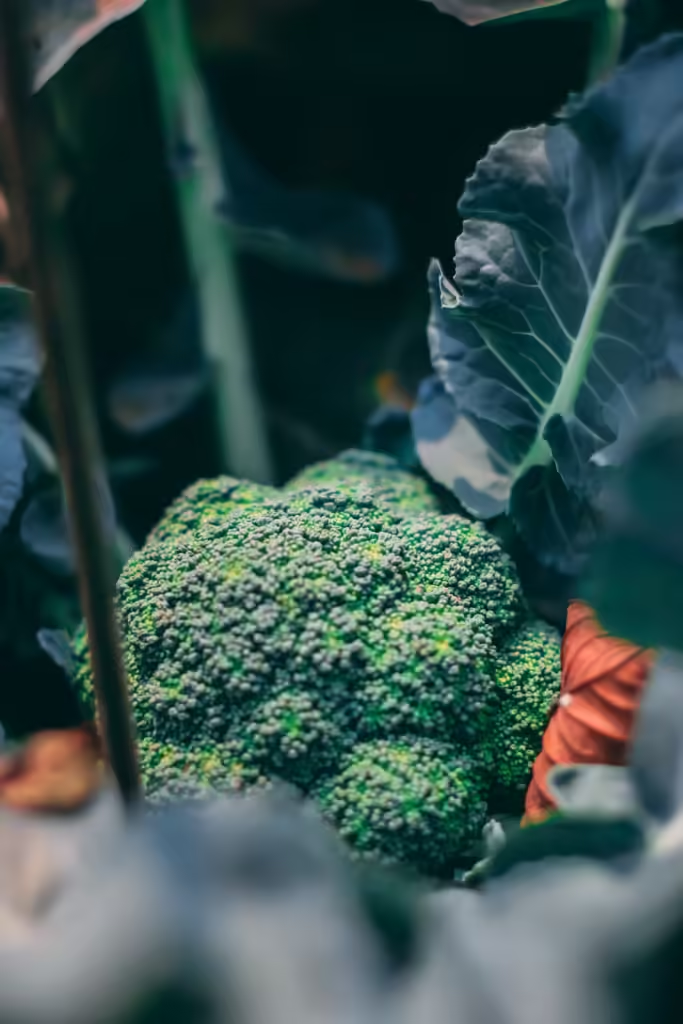
Fall Benefits of Broccoli
Broccoli grows best in cool weather, and fall-planted broccoli can develop a sweeter flavor and better texture.
Planting Guide
- Timing: Start seeds indoors 6-8 weeks before the first frost or transplant seedlings into the garden 4-6 weeks before the first frost.
- Soil Preparation: Broccoli prefers well-drained, fertile soil with a pH of 6.0 to 7.0. Amend soil with compost before planting.
- Spacing: Space plants 18-24 inches apart in rows 24-36 inches apart.
Maintenance Tips
- Watering: Keep the soil consistently moist but not waterlogged.
- Feeding: Use a balanced fertilizer at planting time and side dress with compost as plants grow.
- Pest Control: Watch for cabbage worms and aphids. Use row covers and handpick pests if needed.
Harvesting
Harvest broccoli heads when they are firm and compact, before the flowers begin to open. Cut the main head with a sharp knife, leaving the side shoots to continue growing for additional harvests.
6. Cabbage
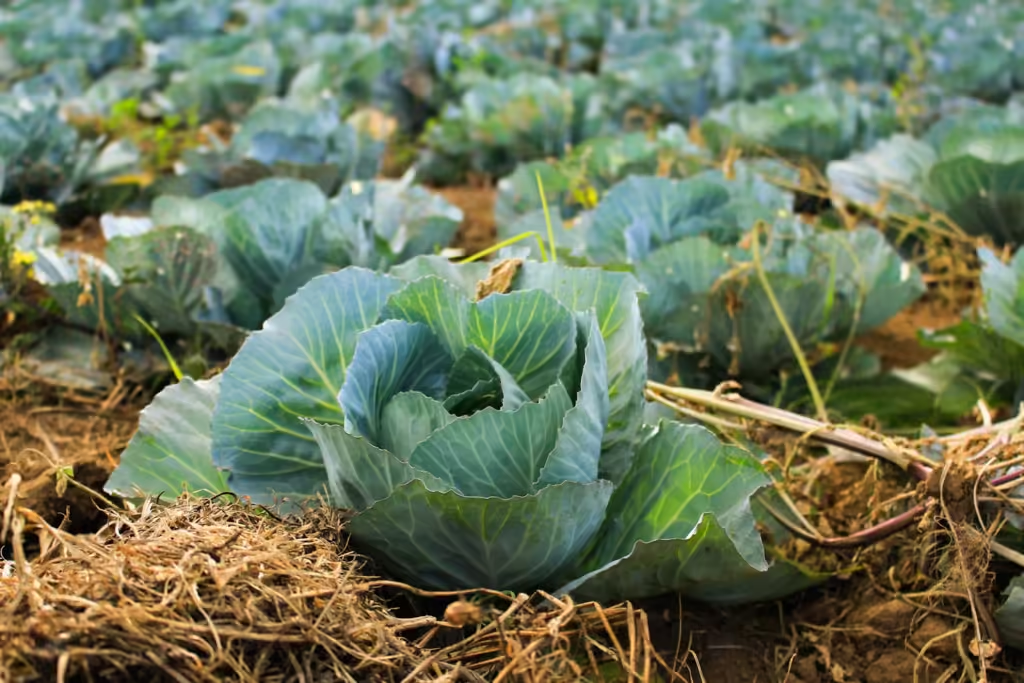
Why Grow Cabbage in Fall
Cabbage is cold-hardy and can store well, making it an excellent choice for fall gardening.
Planting Instructions
- Seed Starting: Start seeds indoors 6-8 weeks before the first frost or direct sow in the garden 4-6 weeks before the first frost.
- Transplanting and Spacing: Transplant seedlings into the garden 12-18 inches apart in rows 24-36 inches apart.
- Soil Preparation: Cabbage prefers well-drained, fertile soil with a pH of 6.0 to 7.5. Amend soil with compost before planting.
Care Tips
- Watering: Keep the soil consistently moist but not waterlogged.
- Fertilizing: Use a balanced fertilizer at planting time and side dress with compost as plants grow.
- Pest Management: Watch for cabbage worms, aphids, and flea beetles. Use row covers and handpick pests if necessary.
Harvesting
Harvest cabbage heads when they are firm and reach the desired size. Cut the heads at the base with a sharp knife and store in a cool, dark place.
7. Radishes
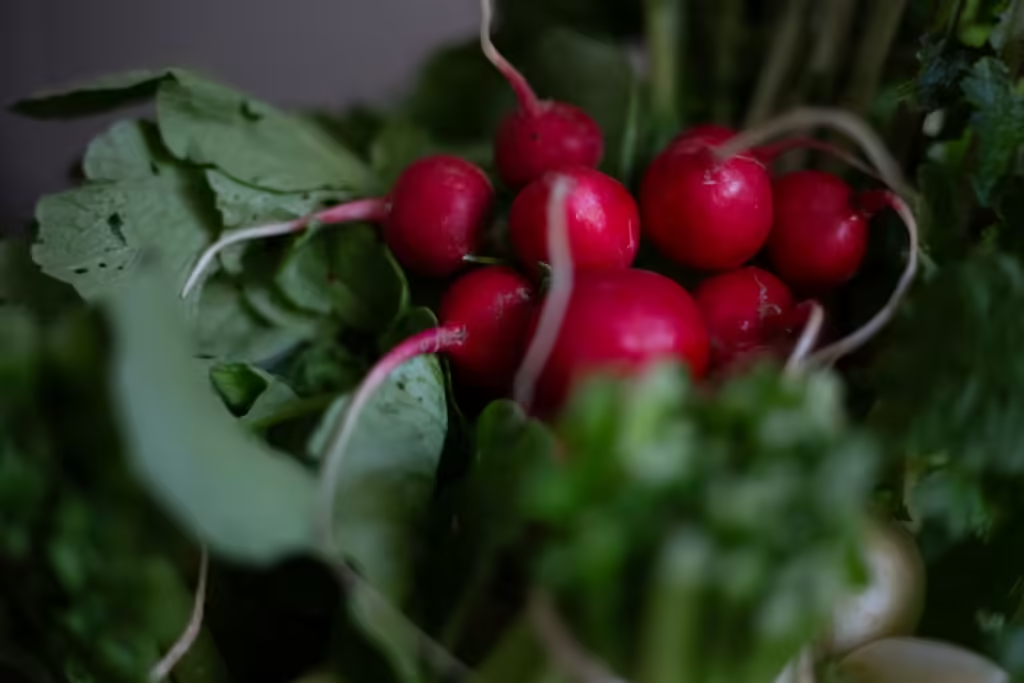
Quick and Easy
Radishes are one of the fastest-growing vegetables, making them perfect for fall gardens.
Planting Guide
- Soil Preparation: Radishes prefer loose, well-drained soil with a pH of 6.0 to 7.0. Amend soil with compost before planting.
- Seed Spacing and Depth: Sow seeds 1/2 inch deep, spacing them 1 inch apart in rows 12 inches apart.
Growing Tips
- Watering: Keep the soil consistently moist, but not waterlogged.
- Thinning: Thin seedlings to 2 inches apart once they are a few inches tall.
- Pest Control: Watch for root maggots and flea beetles. Use row covers if necessary.
Harvesting
Harvest radishes when they reach the desired size, typically 3-4 weeks after planting. Pull the roots from the ground and store in the refrigerator for up to two weeks.
8. Brussels Sprouts
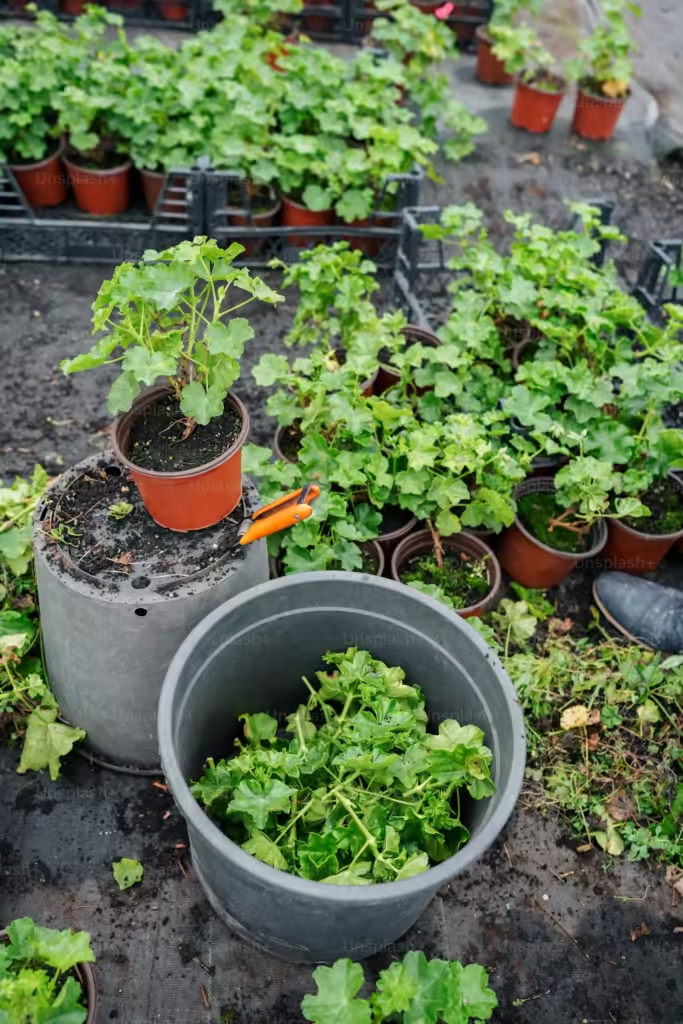
Why Grow Brussels Sprouts in Fall
Brussels sprouts thrive in cool weather, and their flavor improves with a light frost.
Planting Tips
- Best Time to Plant: Start seeds indoors 12-14 weeks before the first frost and transplant seedlings into the garden 6-10 weeks before the first frost.
- Soil Requirements: Brussels sprouts prefer well-drained, fertile soil with a pH of 6.5 to 7.5. Amend soil with compost before planting.
- Spacing: Space plants 18-24 inches apart in rows 30 inches apart.
Care and Maintenance
- Watering: Keep the soil consistently moist but not waterlogged.
- Fertilizing: Use a balanced fertilizer at planting time and side dress with compost as plants grow.
- Pest Management: Watch for cabbage worms and aphids. Use row covers and handpick pests if needed.
Harvesting
Harvest Brussels sprouts from the bottom of the stalk upwards when they are 1-2 inches in diameter. Snap or cut the sprouts off the stalk, leaving the upper ones to continue growing.
9. Garlic

Benefits of Planting Garlic in Fall
Garlic planted in the fall yields larger, more flavorful bulbs the following summer.
Planting Guide
- Timing: Plant garlic cloves 4-6 weeks before the first frost.
- Soil Preparation: Garlic prefers well-drained, fertile soil with a pH of 6.0 to 7.0. Amend soil with compost before planting.
- Spacing: Space cloves 4-6 inches apart in rows 12-18 inches apart.
Care Tips
- Watering: Keep the soil consistently moist, but not waterlogged.
- Mulching: Mulch heavily with straw or leaves to protect the garlic through the winter.
- Pest Control: Garlic is relatively pest-free, but watch for onion maggots.
Harvesting
Harvest garlic the following summer when the lower leaves turn brown. Cure the bulbs in a dry, well-ventilated area for a few weeks before storing.
10. Swiss Chard

Why Choose Swiss Chard
Swiss chard is a versatile, nutrient-rich leafy green that thrives in cool weather and can tolerate light frosts.
Planting Instructions
- Best Time to Plant: Sow seeds directly in the garden 6-8 weeks before the first frost.
- Soil Requirements: Swiss chard prefers well-drained, fertile soil with a pH of 6.0 to 6.8. Amend soil with compost before planting.
- Spacing: Space seeds 6-12 inches apart in rows 18-24 inches apart.
Care and Management
- Watering: Keep the soil consistently moist but not waterlogged.
- Fertilizing: Use a balanced fertilizer at planting time and side dress with compost as plants grow.
- Pest Control: Watch for leaf miners and aphids. Use insecticidal soap or neem oil if necessary.
Harvesting
Harvest Swiss chard leaves when they are young and tender, or allow them to grow larger for a more substantial harvest. Cut outer leaves first, allowing the inner leaves to continue growing.
11. Turnips

Advantages of Fall Turnips
Turnips grow quickly and their flavor is enhanced by cooler temperatures and light frosts.
Planting Guide
- Best Time to Plant: Sow seeds directly in the garden 6-8 weeks before the first frost.
- Soil Preparation: Turnips prefer well-drained, fertile soil with a pH of 6.0 to 7.5. Amend soil with compost before planting.
- Spacing: Space seeds 1 inch apart in rows 12-18 inches apart.
Growing Tips
- Thinning: Thin seedlings to 4-6 inches apart once they are a few inches tall to allow room for root development.
- Watering: Keep the soil consistently moist but not waterlogged.
- Fertilizing: Use a balanced fertilizer at planting time and side dress with compost as plants grow.
Harvesting
Harvest turnip roots when they are 2-3 inches in diameter. The greens can also be harvested and used in cooking. Store turnips in a cool, dark place.
12. Parsnips
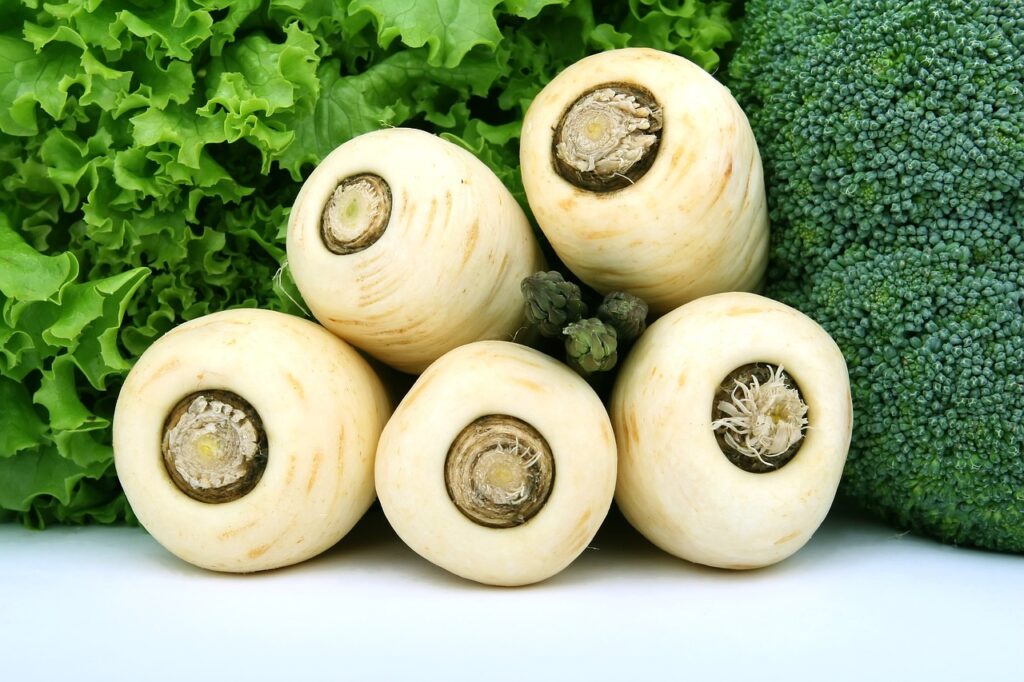
Why Grow Parsnips in Fall
Parsnips develop a sweeter flavor after a frost, making them a delicious addition to your fall garden.
Planting Instructions
- Best Time to Plant: Sow seeds directly in the garden in early spring or late summer for a fall harvest.
- Soil Requirements: Parsnips prefer well-drained, fertile soil with a pH of 6.0 to 6.8. Amend soil with compost before planting.
- Spacing: Space seeds 1/2 inch apart in rows 18-24 inches apart.
Care and Management
- Thinning: Thin seedlings to 3-6 inches apart once they are a few inches tall.
- Watering: Keep the soil consistently moist but not waterlogged.
- Fertilizing: Use a balanced fertilizer at planting time and side dress with compost as plants grow.
Harvesting
Harvest parsnips after a few frosts for the best flavor. Dig up the roots carefully to avoid damage and store in a cool, dark place.
13. Leeks
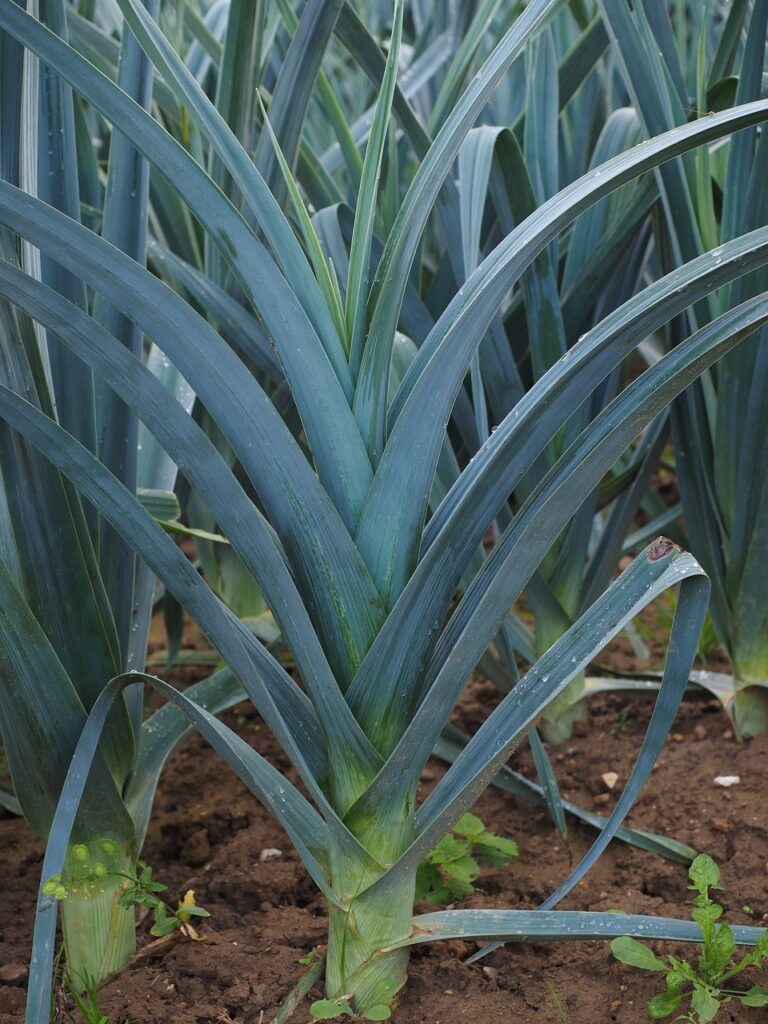
Benefits of Leeks
Leeks are hardy vegetables that can withstand cold temperatures and even light frosts, making them perfect for fall gardens.
Planting Guide
- Timing: Start seeds indoors 10-12 weeks before the first frost and transplant seedlings into the garden 6-8 weeks before the first frost.
- Soil Preparation: Leeks prefer well-drained, fertile soil with a pH of 6.0 to 7.0. Amend soil with compost before planting.
- Spacing: Space plants 6-8 inches apart in rows 12-18 inches apart.
Care Tips
- Watering: Keep the soil consistently moist but not waterlogged.
- Fertilizing: Use a balanced fertilizer at planting time and side dress with compost as plants grow.
- Pest Control: Leeks are relatively pest-free, but watch for onion maggots.
Harvesting
Harvest leeks when they are 1 inch in diameter. Dig them up carefully and trim the roots and leaves before storing in the refrigerator.
14. Collard Greens

Why Grow Collard Greens in Fall
Collard greens thrive in cool weather and become sweeter after a frost, making them a tasty and nutritious fall crop.
Planting Instructions
- Best Time to Plant: Start seeds indoors 6-8 weeks before the first frost or direct sow in the garden 4-6 weeks before the first frost.
- Soil Requirements: Collard greens prefer well-drained, fertile soil with a pH of 6.0 to 6.8. Amend soil with compost before planting.
- Spacing: Space plants 18-24 inches apart in rows 24-36 inches apart.
Care and Management
- Watering: Keep the soil consistently moist but not waterlogged.
- Fertilizing: Use a balanced fertilizer at planting time and side dress with compost as plants grow.
- Pest Control: Watch for cabbage worms and aphids. Use row covers and handpick pests if necessary.
Harvesting
Harvest collard green leaves when they are large enough to eat. Cut outer leaves first, allowing the inner leaves to continue growing for multiple harvests.
Tips for Successful Fall Gardening
Soil Preparation
Healthy soil is the foundation of a successful garden. Add compost and organic matter to improve soil structure and fertility.
Frost Protection
Use row covers, cloches, or cold frames to protect plants from early frosts and extend the growing season.
Pest Management
Fall gardens can still face pest problems. Use organic methods like neem oil, insecticidal soap, and handpicking to manage pests.
Succession Planting
Maximize your harvest by planting in intervals. Sow seeds every few weeks for a continuous supply of fresh vegetables.
Mulching
Mulch helps retain soil moisture, suppress weeds, and regulate soil temperature. Use organic mulch like straw, leaves, or grass clippings.
Wrap Up
Fall gardening offers a unique opportunity to enjoy fresh, flavorful vegetables well into the cooler months. Follow these tips to easily grow spinach, kale, carrots, beets, broccoli, cabbage, radishes, Brussels sprouts, garlic, Swiss chard, turnips, parsnips, leeks, and collard greens to extend your harvest season and enjoy the benefits of gardening throughout the fall.

